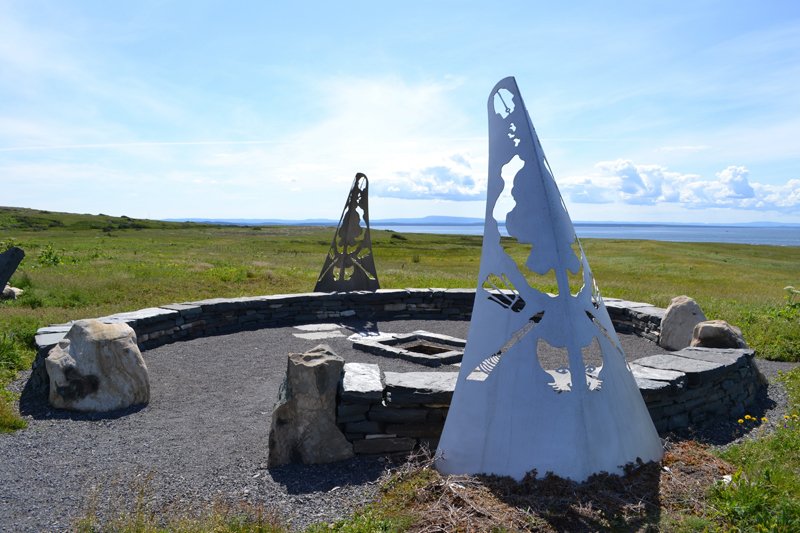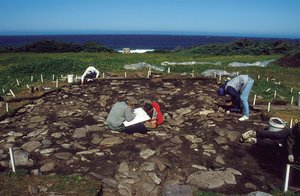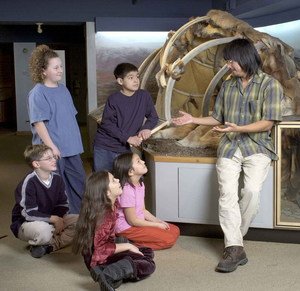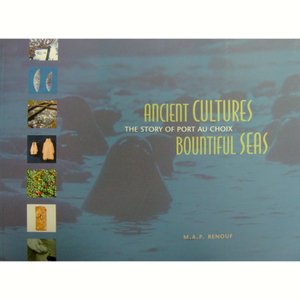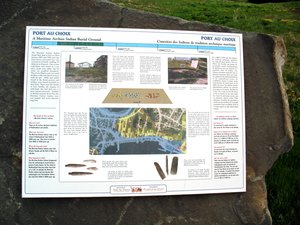Port au Choix
With over 5,500 years of habitation, Port au Choix is a prime example of aboriginal settlement in Newfoundland and how these aboriginal groups changed over time. With archaeological finds from the Maritime Archaic Indians, Groswater Paleo Inuit, Dorset Paleo Inuit, and more recent native groups, Port au Choix offers a rich picture of Pre-Columbian North America.
These groups, starting with the Maritime Archaic Indians at 5,500 years before present, lived on the rich shores of Port au Choix while surviving off of the animals that thrived in the area. More surprisingly, much of this habitation occurred in a geographically small area called Phillip’s Garden where for over 1,700 years Groswater and Dorset Paleo Inuit aboriginals lived and is not far from where locals still launch their boats today, a testament to the richness of the area.
More recently, Basque fishermen plied the waters around Port au Choix and, in 1713, the French occupied the area as part of the French Shore, an era that lasted until 1904.
Years of archaeological study have revealed a trove of artifacts ranging from everyday items such as spearheads and bone needles to exquisite religious artifacts, many of which are on display at the interpretation centre. In addition to this collection, there are many opportunities to explore not only the site where these people lived but also the culture and ways of life that developed here over millenia of habitation. The Heritage Shop provides visitors an opportunity to take home hand-made replicas of the artifacts as well as quality gifts depicting endangered wildflowers from the region.
The Port au Choix National Historic Site of Canada is set against the dramatic limestone barrens and bedrock which has preserved fossils for millions of years. It is an ancient place rich in history and its seas continue to sustain settlement and richness of life.
Open seasonally, Port au Choix is a must see for any traveller on the Northern Peninsula.
HSA’s Contribution
Port au Choix Gourmet Festival
Artist in Residence
The HSA partnered with Parks Canada to present the 2017 Port au Choix Gourmet Festival, a celebration on the community's french culture through Basque cuisine.
HSA contributed $3,500 to the 2010 artist-in-residence program at Port au Choix.
Lives and Landscapes
$5000 was contributed to fund the colour photographs in the book Lives and Landscapes..
Archaeological Study
$20,000 was contributed towards a 2004 archaeological study of the National Historic Site at Port au Choix.
Aboriginal Poster Series
HSA contributed $4,500 to the development of the educational poster series Aboriginal Peoples of Newfoundland and Labrador.
Ancient Cultures Bountiful Seas
HSA contributed $50,000 to the publishing of Ancient Cultures Bountiful Seas: the Story of Port au Choix by Dr. Priscilla Renouf.
Interpretive Signage
HSA provided $85,000 to fund interpretive signage for Port au Choix in 1998

